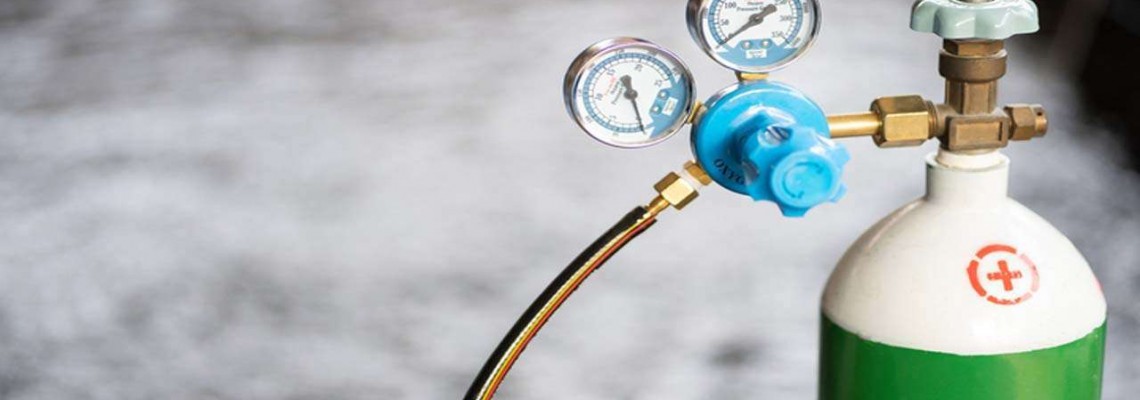
Copy from : https://timesofindia.indiatimes.com/most-searched-products/health-and-fitness/buying-guide/oxygen-concentrator-buying-guide-important-factors-to-consider-before-buying-one/articleshow/82214207.cms
Having a low blood oxygen level can be very risky and anybody suffering
from it might feel difficulty in breathing, exhaustion, and confusion,
which can directly affect your decision-making abilities. If the Oxygen
level in the blood drops way too much it can hurt the functions of vital
organs like the brain and heart.
It is in such a situation that Oxygen Concentrator comes as a
huge help. It can be really helpful for someone suffering from low
blood oxygen levels.
How Does An Oxygen Concentrator Work
The portable oxygen concentrators are a great choice for extended
travel and short-term trips, home oxygen concentrators are built for
long-term use at home. The oxygen concentrators work by separating
oxygen molecules in the air from the nitrogen molecules to form a
concentrated gas made up of 90–95% pure oxygen. Normally, the air we
breathe is made up of 79% nitrogen and 21% oxygen. Home oxygen
concentrators flip that ratio on its head to create a gas that is almost
pure oxygen for therapeutic purposes.
Also read: Top pulse oximeters that you can buy online.
How To Choose The RIGHT Oxygen Concentrator
Before buying an Oxygen Concentrator, there are certain things that you need to keep in mind such as:
- Flow Rate
Indeed one of the most important factors to consider when buying an
oxygen concentrator is to check its flow rate capabilities. Flow Rate
indicates the rate at which oxygen is able to travel from the machine to
the patient.
An ideal process is that a doctor should advise the ideal flow rate
for a patient, thus it is recommended that you discuss any potential
oxygen concentrator purchases with your doctor first.
Some oxygen concentrators may have lower flow rates (in the range of
250 to 750 milliliters per minute) and there are others that may offer
higher flow rates (such as the 2 to 10 liters per minute range). Since
not all oxygen concentrators provide the same range of flow rates, it is
very important that customers keep a check on the flow rate offered by
the product.
- Power Consumption
Oxygen Concentrators generally draw power from any regular wall
outlet just like any other home appliance. But, the amount of energy
this device uses differs widely. While it is advisable to purchase the
concentrator that boasts the lowest power consumption, your oxygen
requirements, as prescribed by your doctor, might lead you to a device
that consumes a bit more power. Besides, there are some models that come
with an option of working on consumer-grade batteries as well, which is
helpful if the power goes out.
- Portability
Another important aspect for you to look out for is how mobile you
will need your concentrator to be. Oxygen concentrators can range
significantly in size and portability.
There are some units that are high-powered and designed to work hard
and provide higher flow rates, but are typically larger and heavier.
These models are often designed to deliver higher flow rates, and are a
great solution for in-home use.
Then there are others that are much more portable, typically
weighing between 2 to 4 kgs. These portable oxygen concentrators
sacrifice higher flow rates in order to be significantly easier to
transport and use while out and about. This makes them the perfect tool
for patients who do not require high oxygen flow rates.
- Oxygen Concentration
After being compressed and filtered within the concentrator, the
oxygen that is delivered to the patient has a particular percentage of
pure oxygen content. This value is referred to as the oxygen
concentration. This level of oxygen concentration is affected by the
design of the filtration system included in the particular oxygen
concentrator, as well as the effectiveness of the concentrator’s
nitrogen-removing sieve system.
Though the major chunk of oxygen concentrators have a concentration
value between 87 to 99 percent, this value can vary between oxygen
concentrators. Typically, higher-powered products that are designed for
patients who require high oxygen flow rates are also capable of
providing higher oxygen concentrations, whereas lightweight, portable
oxygen concentrators for patients on the go do not usually require the
highest oxygen concentrations.
Also read: Popular nebulizers that are apt for kids and adults
- Noise Level
Home oxygen concentrators work by drawing in air from the
environment and filtering out the oxygen—which can produce some noise at
times. If you are sensitive to noises, you might want to consider a
concentrator that operates silently. The concentrators on this list
range anywhere from 40–58 decibels of sound. For context, 40 dB is
equivalent to bird calls or the ambiance of a standard library. On the
other hand, 60 dB is equivalent to a close conversation or a running air
conditioner.
- Warranty
Just like any appliance, the oxygen concentrator will have a
warranty. However, each manufacturer has a different warranty policy.
Since these devices are built to last a long time, it is a good idea to
review the warranty policy beforehand to make sure you get every bit of
functionality you are paying for.
Conclusion
Oxygen concentrators can be life
saving appliances and are invaluable for its convenience and effective
delivery of oxygen to those patients who cannot get enough on their own.
These devices utilize the ambient air in any room to filter, process,
and compress, then ultimately deliver purely oxygenated air to those who
need it.
However, before buying one or using
one yourself you are advised to consult a doctor. A professional doctor
will be the right person to guide you through its needs and usage.
DISCLAIMER: The Times of India's journalists were not involved in the production of this article.
- What is the price of oxygen concentrator?
Typically, an oxygen concentrator comes somewhere between Rs 30,000 to Rs 70,000. - How do I choose an oxygen concentrator?
While selecting an oxygen concentrator, some of the parameters that should be kept in consideration are flow rate, portability, noise, oxygen concentration, etc. - Is medical prescription needed to buy an oxygen concentrators?
Since an oxygen concentrator is a medical-grade oxygen treatment device, a medical prescription becomes mandatory to buy one. - How many hours is an oxygen concentrator good for?
Generally, the life span of a portable oxygen cylinder is somewhere between 1,500 hours to 2,000 hours.


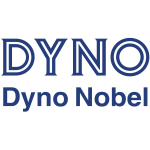
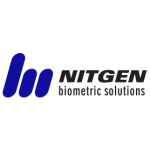

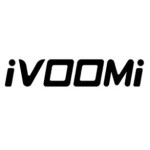

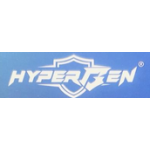


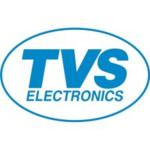
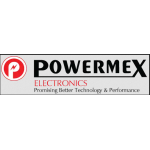

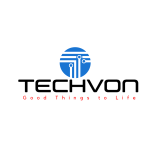






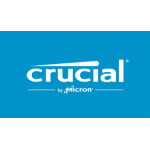
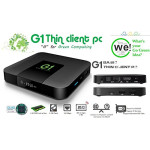

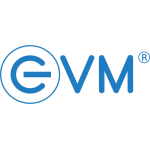



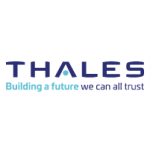


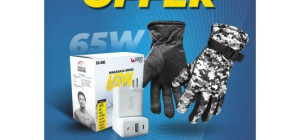

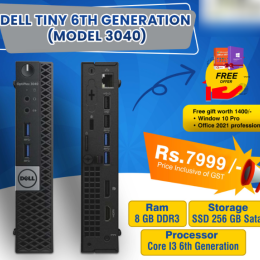
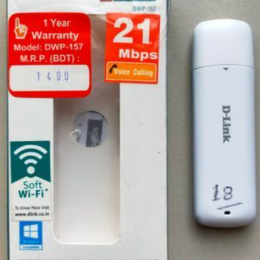
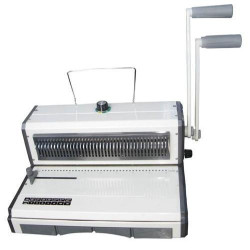
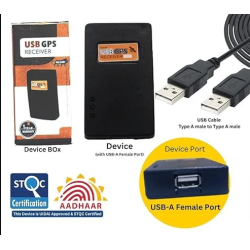
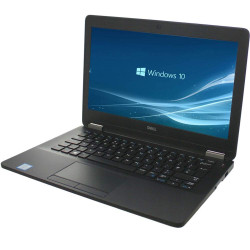
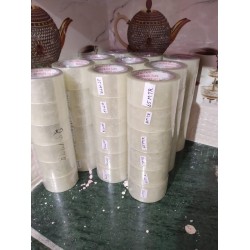

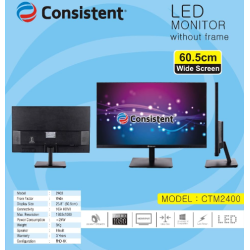
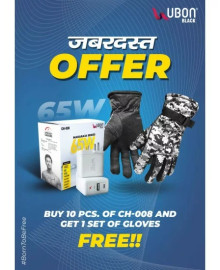
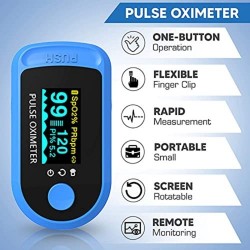
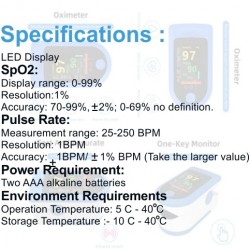
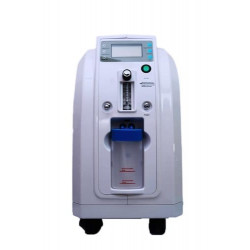
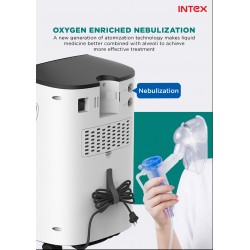

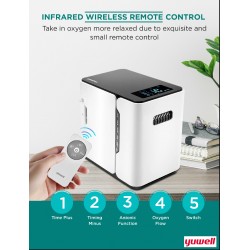
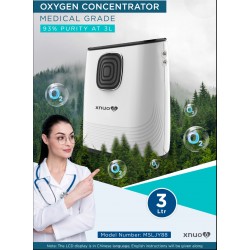
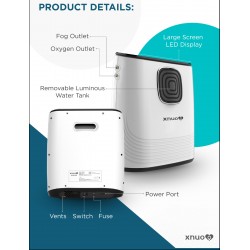



36 Comment(s)
It is located near to the Outer Ring Road, which is an arc that surrounds important areas of South Delhi. In addition, private taxi services may be hired, and there is paid parking available for automobiles and motorbikes.
This article is a great source of information that is both important and easily accessible. Don't waste time. Start at the top by going to the homepage.
Sports nurture creativity and writing skills through active engagement. Physical activity fuels cognitive agility, enhancing the ability to express thoughts effectively in writing
Thanks for your hardwork
This implies that while RAM can increase performance, the SSD has a bigger influence on startup time and overall responsiveness.
This suggests that while RAM can boost performance, SSDs have a greater impact on startup times and overall responsiveness.
This suggests that while RAM can improve performance, the SSD has a more significant impact on boot time and responsiveness in general.
I've reviewed Paperial.com, and I must say their services are impressive. Their team of writers ensures high-quality essays, timely delivery, and affordable prices. It's a solid choice for students seeking essay help.
With respect to choice and assurance our office is doing diligent work to bear the cost of you such help that you can call us whenever and offer us the benefit to serve you to an ever increasing extent. Here are such things that can change your psyche to get in touch with us instantly; we are working here to energize you with our sensual escorts so as to give you a chance to feel loose and this objective has turned into our central decision so you will be here to be quiet. Select your area and prepare with everything that you can amass, concerning your assurance we are here, proceed to celebrate with your accomplice that you did pick and do everything that you was anxious to do or give her a chance to do that she was sharp doing since gathering you.
You've made so many great points here that I've read your article a few times. Most of your views align with mine.
Our organization offers both on-call and out-call escort services in Delhi. You can either spend a night with high-profile call girls at our place or accompany them to your destination.
It is advised that you speak with your doctor before making any prospective purchases of oxygen concentrators, as the optimum procedure would be for them to prescribe the best flow rate for a patient.
I sought information about tesofensine side effects on this service. The service turned out to be really reliable and informative. I got all the necessary knowledge to competently manage risks. I recommend it!
It's best to consult your physician before considering any potential oxygen concentrator purchases, as it would be ideal for them to determine the ideal flow rate for a patient.
Our Busty Zirakpur Escorts Services is the centre point of most extravagant and prominent men where you can get to to get great affection rapidly. Here you can likewise meet with Russian escorts who are the most requested delights here in Zirakpur.
Making money from slot machines, also known as slots, has long been a popular way to make money among gambling enthusiasts. However, with the advent of online casinos and the ability to play slots online, it has become even more accessible and convenient. Find out more at <a href="https://dwidude.com/what-are-the-best-online-casinos-in-greece-2023/">https://dwidude.com/what-are-the-best-online-casinos-in-greece-2023/</a>
学生在学业中可能面临各种各样的作业任务,包括论文、报告、研究项目等。有时候,他们可能因为时间不足、主题难度或其他个人原因而难以完成这些作业。Assignment代写服务的存在填补了这种学业辅助的需求,为学生提供了一个可靠的选择。
I recently tackled a persistent issue with standing water in a basement drain system, and I'm thrilled to share my successful fix! Initially, I noticed water pooling, causing concerns about potential damage and mold growth. After some research and expert advice, I opted for a comprehensive cleaning and snaking of the drains. Additionally, I installed a sump pump to ensure any excess water gets promptly removed. Voila! No more pooling or worries about dampness.
The bio-oxidative oxygen ozone therapy safety and minimal side effects were key factors that drew me in. It's reassuring to opt for a treatment that's gentle on the body yet packs a punch in terms of benefits. It's fascinating how such a non-invasive therapy can yield such profound results.
If anyone's curious about my personal experience or wants more information, feel free to ask! I'm here to share and support each other on our wellness journeys.
Je suis ravi de partager mon expérience positive avec la réparation de thermopompe sur à Montréal. Récemment, j'ai eu besoin d'une réparation urgente pour ma thermopompe et j'ai été enchanté par le service exceptionnel que j'ai reçu. L'équipe technique était incroyablement professionnelle, rapide et compétente. Non seulement ils ont résolu le problème rapidement, mais ils m'ont également donné des conseils précieux pour l'entretien futur. De plus, le coût était raisonnable pour le service de qualité que j'ai reçu. Si vous avez des soucis avec votre thermopompe à Montréal, je vous recommande vivement cette entreprise pour leur expertise et leur excellent service client.
Low blood oxygen levels can cause disorientation, tiredness, difficulty breathing, and poor decision-making. For those with this illness, oxygen concentrators might be helpful.
Independent Vasant Kunj are an ideal solution for those who wish to enjoy privacy in Vasant Kunj . These services are a boon for married couples, newlyweds, or people who are separated for the last few years.
Delhi Escorts can be hired for any special occasion. You can request them to bring a pampered woman along. You can also book a private escort for a romantic dinner date. These women have beautiful figures and are renowned for providing complete physical and mental satisfaction to their clients.
网课作业代做的成功率都很高,这一点不用质疑。那么对于考生而言,已经是板上钉钉的事情了自己还需要努力学习吗。答案是肯定的,考试助考与努力学习并没有矛盾。找考试枪手代上的目的是为了通过考试取得一个高的分数,而学习的目的是积累知识对自己的工作和未来生活打基础.
I really hope there will be a lot more content like this. I am grateful that you shared your information with me. Your blog has been bookmarked because I discovered some extremely useful information on it.
Just wanted to share my recent discovery in the world of luxury eyewear https://optyx.com/ that has truly transformed my style game. I stumbled upon this incredible brand that not only offers top-notch craftsmanship but also adds a touch of elegance to every look. The attention to detail is unmatched, making each pair a statement piece. I can't help but feel a boost in confidence whenever I put them on. If you're on the lookout for a blend of sophistication and quality, do yourself a favor and check out this brand.
Just wanted to share my recent discovery in the world of luxury eyewear that has truly transformed my style game. I stumbled upon this incredible brand that not only offers top-notch craftsmanship but also adds a touch of elegance to every look. The attention to detail is unmatched, making each pair a statement piece. I can't help but feel a boost in confidence whenever I put them on. If you're on the lookout for a blend of sophistication and quality, do yourself a favor and check out this brand.
Your escort request is of the utmost importance to Delhi Escorts Services, which has proven competence at the necessary level. As Delhi Escort Service, we are an authorized escort service. Make your trip more sensual by connecting with us, who will provide you with truly memorable experiences that you will undoubtedly appreciate. We care about your safety and guarantee to offer you pleasant, first-rate, prompt, and effective escort services.
Independent Pune call girls mobile numbers and photos to help you find the most erotic women in the town in real-time. Booking a date with an independent call girl in Pune is a very simple task as you see the picture and select her and call her as per your schedule. They will always give you the precious and luxurious service to make your intimate moment.
了解网课代修机构的资质非常重要。一个优秀的网课代修机构应拥有一支专业且经验丰富的团队。
A watch party extension is a software add-on or feature that enables users to watch and chat about online videos or streaming content simultaneously with friends, often integrated into platforms like Netflix or Amazon Prime. Turn any night into a cinematic experience with our Watch Party Extension. Share the joy of movies, together, wherever you are.
hbo max watch party is a browser extension that lets you watch HBO with friends & family even if you're far apart. It syncs video playback, group chat, and even video and audio call features. It's your go-to for long-distance movie with loved ones.
You can enjoy romantic dates, dinners, movie dates, and parties with these hot call girls that you can book from our classified website. They can add a different level of excitement to your nightlife, and you can be sexually satisfied in every aspect you can imagine. With this classified website, you don't need to make any advance payments to confirm your booking; you can always have your session, enjoy it and then pay the money.
Every one of the hotties performing for High Class Call Girls Guwahati is just brilliant, and clients have never turned them down. The girls here may be of great assistance to anyone who is new to them.
Oxygen concentrators are available in different flow rates, typically measured in liters per minute (LPM).
If you are looking for a unique and enchanting dining experience in Bangalore then you must visit Oia Bangalore restaurant. Here you will explore its innovative cuisine or their cocktails. It promises you to have unforgettable memories and make you feel like you are in Greece. oia bangalore owner | oia pub bangalore.
<a
If you are wondering about can I bring zyn on a plane? then don't worry you can bring zyn in your both carry on and checked in luggage. But there are some rules and regulations about carrying nicotine products on a plane so it is advisable to read TSA's rules before travelling.
Leave a Comment